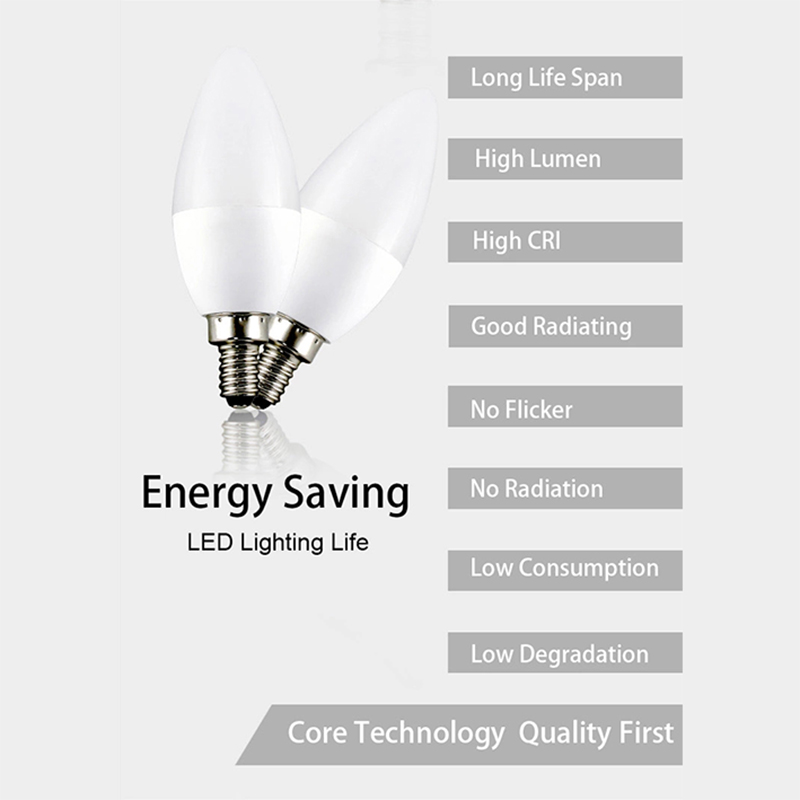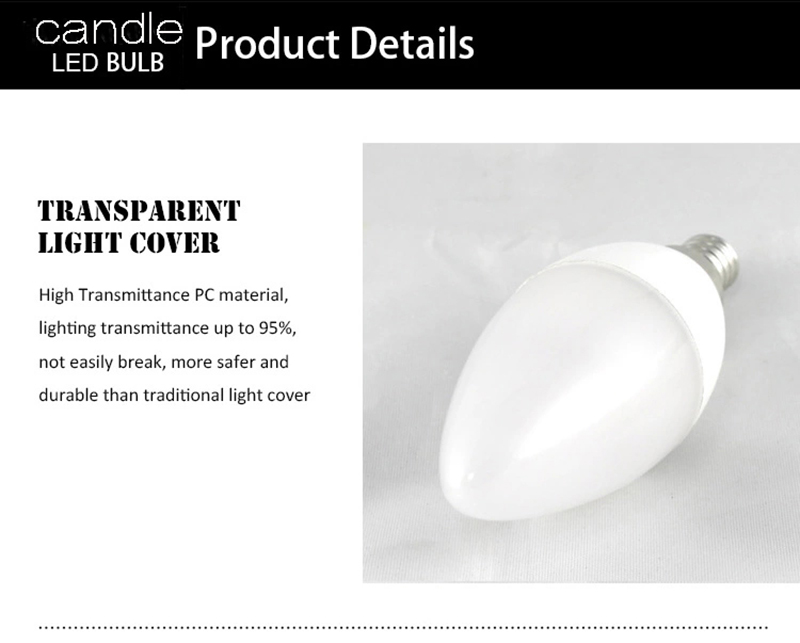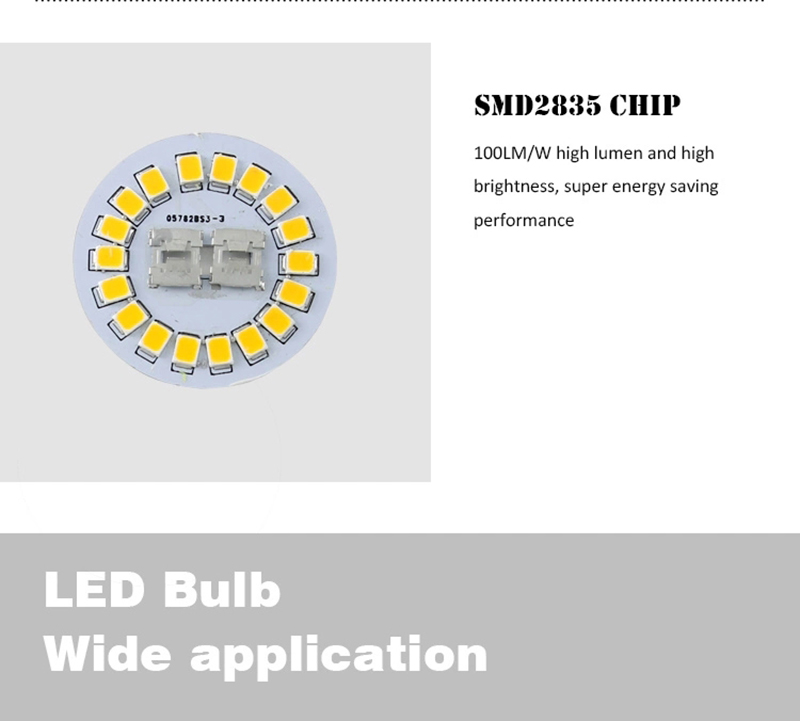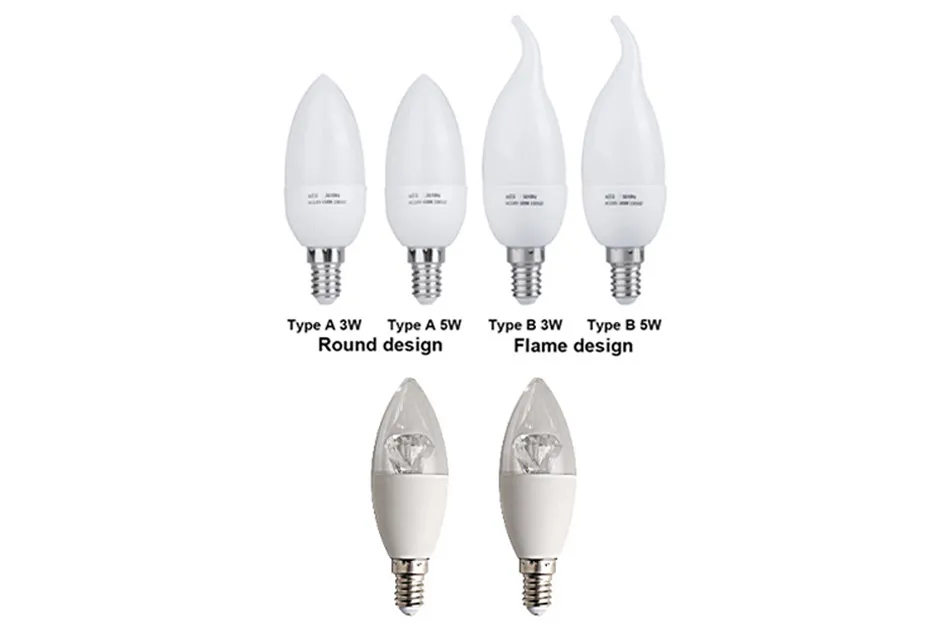Why are LED lights not as bright anymore?
LED (light-emitting diode) lighting fixtures are widely used in various lighting scenarios due to their high efficiency, long life and low energy consumption. However, many users will find that although the service life of LED lamps is much longer than that of traditional light sources, the brightness of LED lamps gradually decreases over time, resulting in a lighting effect that is not as good as it was at the beginning. Why does LED lighting fixtures experience this brightness decay phenomenon? This is a problem involving multiple factors, including the aging of LED chips, the performance decay of the drive circuit, thermal management issues, and other external factors.
This article will explore in detail the causes of LED lighting brightness decay and analyze how to slow down this decay phenomenon.

What is the light-emitting principle of LED lighting fixtures?
LED lighting fixtures are composed of LED chips, heat dissipation systems, drive circuits, and optical components. The LED chip is its core light source, which uses the electroluminescence principle of semiconductor materials to convert electrical energy into light energy. Compared with traditional incandescent and fluorescent lamps, LED lamps are more efficient and can produce the same or stronger light with less energy consumption. In addition, LED lamps have a long service life and can usually last for tens of thousands of hours, which makes them the preferred product in the modern lighting industry.
However, although LED lamps provide excellent lighting effects and brightness in the early stage, the brightness of many LED lamps will gradually decay as the use time increases. This decay phenomenon is determined by the physical characteristics and working conditions of the LED.
What is the reason for the brightness decay of LED lighting fixtures?
The reasons for the brightness decay of LED lighting fixtures mainly involve the aging of LED chips, the performance decay of the driving circuit, heat dissipation problems and light decay. The following is a detailed analysis of several key factors.
1. Aging and light decay of LED chips
The most direct reason for the brightness decay of LED lamps is the aging and light decay of LED chips. LED chips are essentially made of semiconductor materials. Semiconductor materials will gradually be affected by heat, working current and environmental factors during continuous operation, resulting in reduced luminous efficiency.
● Heat accumulation and temperature rise: LED chips generate heat during operation. Although LEDs themselves generate less heat than traditional light sources, long-term operation will still cause temperature rise. If the heat dissipation design of LED lamps is poor, the high temperature of LED chips will accelerate their aging. High temperature will cause electron migration inside the chip, which will reduce its luminous efficiency and eventually lead to brightness decay.
● Light decay phenomenon: As the use time of LED chips increases, the luminous materials inside them gradually degrade and the luminous efficiency continues to decline. This degradation phenomenon is called light decay. Light decay is not only manifested as a decrease in brightness, but may also be accompanied by changes in light color, such as color temperature shift. Light decay usually presents a slower decay process, which may take thousands to tens of thousands of hours to show up.
● Excessive current density: Under high current conditions, the working efficiency of LED chips will decrease. Excessive current density may cause the chip to overheat, further accelerating its light decay. Therefore, a reasonable working current is crucial to delaying the light decay of LED chips.
2. Performance decay of the drive circuit
The drive circuit is an important component of LED lamps, responsible for converting the current of the power supply into a current and voltage suitable for the operation of the LED chip. As the use time increases, the electronic components in the drive circuit will gradually age and degrade, especially in high temperature environments. The performance of capacitors, resistors and other semiconductor devices may be affected, resulting in instability of the drive current, thereby affecting the brightness of the LED lamp.
● Current fluctuation and instability: If the performance of the driving circuit is degraded, it may cause the instability of the working current of the LED lamp, thereby affecting the brightness and color temperature of the light source. This current fluctuation may cause the LED chip to be unable to work stably, thereby accelerating the brightness decay.
● Reduced efficiency: The reduced efficiency of the driving circuit will also lead to a waste of electric energy, making it impossible for the LED chip to obtain sufficient driving power. As the efficiency of the driving circuit decreases, the total brightness of the LED lamp will gradually decrease.

3. The influence of the heat dissipation system
The heat dissipation system of LED lighting fixtures is crucial to maintaining its long-term stable brightness. If the heat dissipation system is improperly designed or there is poor heat dissipation, the temperature of the LED chip will increase, thereby accelerating the aging and light decay of the LED chip. Excessive temperature not only affects the luminous efficiency of the chip, but may also cause damage to other electronic components such as the driving circuit.
● Poor heat dissipation: During long-term use, the heat dissipation system of the LED lamp may be weakened due to dust accumulation, oxidation of the heat sink surface or poor air circulation, resulting in the inability to effectively reduce the temperature, and eventually overheating the LED chip and excessive light decay.
● Ambient temperature: Changes in ambient temperature will also affect the heat dissipation effect of the LED lamp. If LED lamps are in a high temperature environment for a long time, their heat dissipation efficiency may be greatly reduced, thereby aggravating the aging of LED chips.
4. Power quality and external factors
The power quality and external electrical environment will also affect the brightness performance of LED lamps. Voltage fluctuations, too high or too low operating voltage will have a negative impact on the brightness of LED lamps, especially in the case of unstable current supply, the working efficiency of LED chips may be greatly reduced. In addition, long-term current shocks or surges may also damage the drive circuit and LED chips, accelerating the brightness decay.
● Voltage fluctuations: Unstable power supply voltage will make the brightness of LED lamps unstable, causing periodic brightness decay. These fluctuations may cause the failure of the drive circuit, further affecting the overall performance of LED lamps.
● Overload operation: When LED lamps are operated under overload or beyond rated working conditions, LED chips and drive circuits may be damaged, resulting in a decrease in brightness.

How to delay the brightness decay of LED lighting fixtures?
Although the brightness decay of LED lamps is an inevitable natural process, through reasonable design and use, this decay phenomenon can be delayed to ensure that LED lamps maintain good lighting effects during their life cycle.
1. Optimize heat dissipation design: Optimizing the heat dissipation system of LED lamps is the key to delaying brightness decay. The heat dissipation system should include effective heat sinks, thermal conductive materials and good air circulation design. Regularly cleaning the heat sink, ensuring no dust accumulation and maintaining a good ventilation environment can significantly reduce the operating temperature of the LED chip, thereby reducing light decay.
2. Choose a high-quality drive circuit: The stability of the drive circuit is crucial to maintaining the brightness of the LED lamp. A high-quality drive circuit can maintain a stable output of current and avoid the impact of voltage fluctuations on the LED chip. Regularly check the performance of the drive circuit and replace it in time when an abnormality occurs, which can effectively delay the brightness decay of the LED lamp.
3. Reasonable use and control of current: The operating current of the LED chip should be kept within the design parameter range to avoid excessive current density leading to premature light decay. Using an efficient drive power supply to ensure that the LED lamp works stably at rated power will help delay the aging of the LED chip.
4. Choose the right LED chip and material: The quality of the LED chip and the durability of the semiconductor material used directly affect its light decay speed. Choosing LED chips with high efficiency and low light decay characteristics can significantly extend the service life of LED lamps. In addition, the use of high-quality packaging materials and heat dissipation materials can also effectively improve the heat dissipation effect of LED lamps and reduce the aging caused by chip overheating.
5. Avoid extreme environmental conditions: Avoiding LED lamps from working in extreme environments, especially high temperature and humid environments, can effectively delay the brightness attenuation. Regularly check the electrical environment of the lamps to avoid excessive voltage fluctuations and overload operation, which can maintain the brightness stability of LED lamps.

Huari Lighting Co., Ltd., a leader in the LED lighting industry, has been producing high-quality LED products since 1996. Our factory, which spans 92,000 square meters, is capable of producing over 1 million units of LED lighting each month. We offer a wide range of energy-efficient LED solutions, including LED downlights, LED ceiling lights, track lights, LED bulbs, and GU10 lamps. With CE, RoHS, and ISO 9001 certifications, we ensure that our products are safe, reliable, and meet global quality standards. At Huari Lighting, we offer wholesale pricing, customized lighting options, and discount promotions for businesses looking to buy LED lights in bulk. Our factory-direct pricing allows us to offer unbeatable value for your business.
